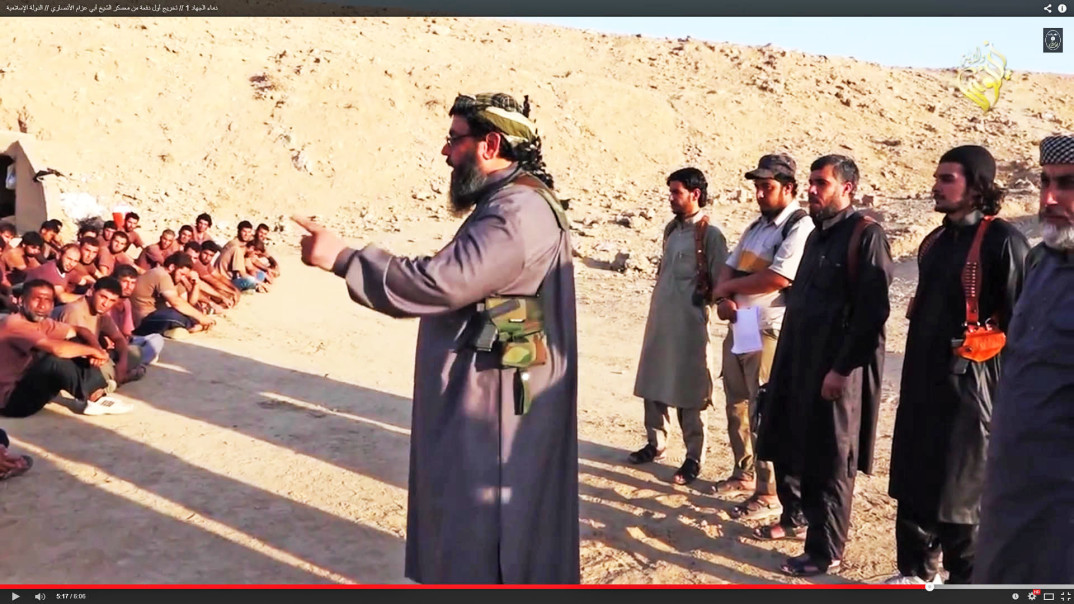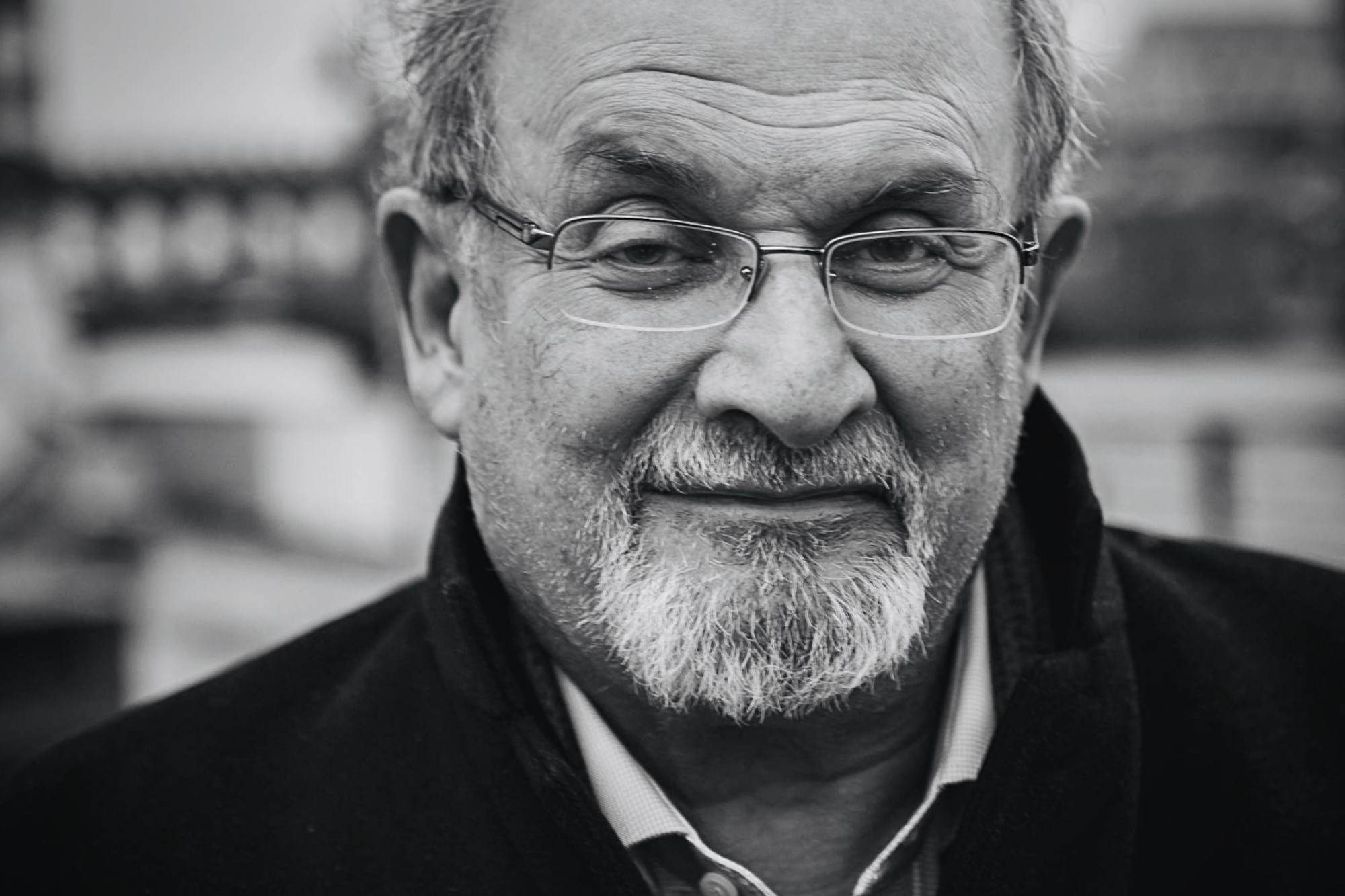The Poetry of ISIS: Is it Literature?
Since it first began capturing Iraqi towns in 2014, the militant group ISIS has become notorious for its widespread use of violence and atrocity. However, as Robyn Creswell and Bernard Haykel point out in The New Yorker, this violence is only one of the qualities defining the Islamic State. For the brutal acts of violence for which ISIS have become famous is juxtaposed with something decidedly more elegant: Arabic poetry. Such poetry, written by militants and figures like Ahlam al-Nasr, the so-called “Poetess of the Islamic State,” offer a key look into the narratives and art forms involved in the Islamic State’s spread.
It is difficult to deny that works like those of al-Nasr qualify as poetry. But, due to their subject matter and context, can they be considered literature or art?
The art world is no stranger to works that spark anger or disgust. Andres Serrano, for example, continues to spark controversy with his 1987 work, Piss Christ, which shows a crucifix in a jar of urine. Examples like Serrano’s, while revolting for some, clearly demonstrates that art does not have to provoke positive feelings to have merit.
However, when considering works like al-Nasr’s poetry, the conversation is completely different. In contrast to art or literature that is merely revolting for its subject matter, these works directly draw inspiration from, and at times justify, acts of atrocity. For example, Creswell and Haykel’s article points out that al-Nasr “wrote a thirty-page essay defending the leadership’s decision to burn the Jordanian pilot Moaz al-Kasasbeh alive” – a gruesome event publicized in an ISIS propaganda video in February. Her other works are only part of a larger body of militant poetry, many of which celebrate ISIS’ violent conquests in Iraq and Syria. The question arises, then, whether works derived from such sources could be considered literature or art.
Such questions point to larger tensions about what art and literature are in the first place. And, as Dr. Wesley Cray argued in his Young Philosophers Series lecture, “That’s Not Art,” poetry like al-Nasr’s may qualify. The quality of the content, he argues, is an entirely different assessment than whether or not the content is art. In this regard, then, poetry by ISIS militants may qualify, despite its atrocity-based content.
However, it could also be argued that such literature does not exist in a vacuum. After all, works like the ISIS poems are intrinsically connected to, and in many ways directly inspired by, the suffering of others. When reading such poetry, it is practically impossible for one to ignore the fact that real human beings suffered and died within its context, and that the work is both inspired by, and in some ways benefits off of, this suffering. To elevate such works to the level of art seems ethically problematic, as a result.
While the poetry of al-Nasr is the most recent chapter if this debate, it is hardly the only one. After all, it would be inaccurate to condemn such works without realizing that authors and artists from a variety of countries and cultures have done the same. Consider the art created by killers like John Wayne Gacy or Charles Manson, the latter of which is available for purchase on auction websites. Also of note is Hitler’s Mein Kampf, a book whose reprinting has so far been blocked in Germany. Just as the Islamic State does not have a monopoly on atrocity, it is not the only group guilty of producing atrocity-related literature or art, and this must be accounted for in any assessment of artistic or literary merit.
Also of note is the societal lens through which this criticism may operate. As Americans, we are constantly bombarded with stories about ISIS’ latest actions, with criticism of the group sometimes falling along racist or Islamophobic lines. From this perspective, it is all too easy to condemn works like al-Nasr’s poetry as not art, or at most manipulative and unethical literature. But are we as a society as eager to similarly condemn texts like Chris Kyle’s American Sniper, which also valorizes the killing of others and describes the author’s victims as “savages?” It is necessary to be aware of such biases, for without them any assessment of literary merit could easily follow prejudiced lines of thought.
Ultimately, many of these ethical decisions are taken on by the audience of a given artwork or piece of literature. For these audiences, it will be necessary to determine how such works stand separate from their political contexts, or whether they can (or should be) separated at all. And, in the case of works like the poetry of ISIS, the biggest question will be whether they will be considered art in the first place.





